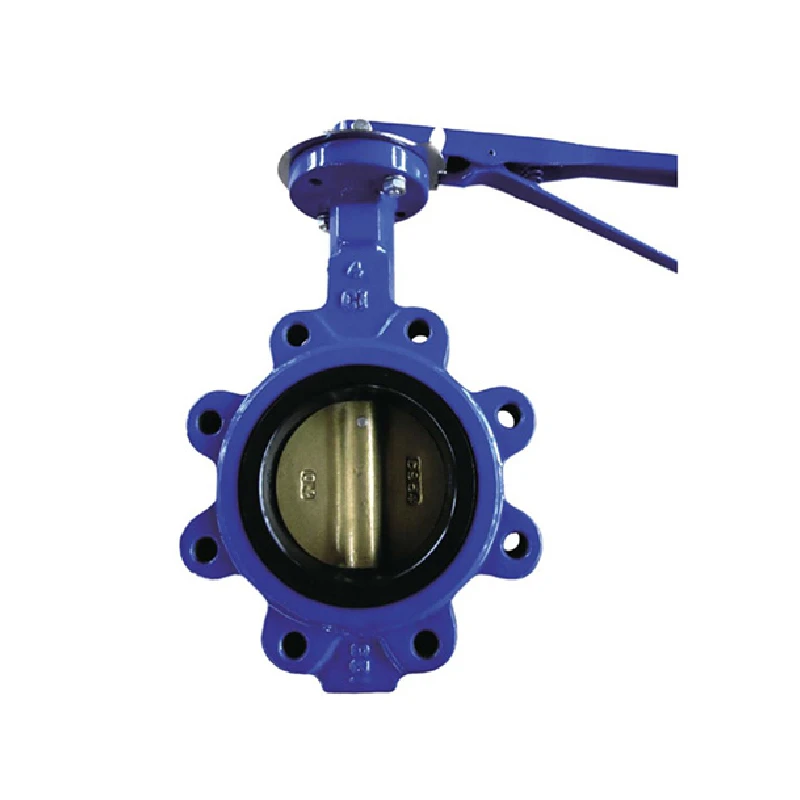ഡിസം . 11, 2024 11:41 Back to list
actuated gate valve
The Actuated Gate Valve A Key Component in Fluid Control Systems
Actuated gate valves are critical components in various fluid control systems across multiple industries. These valves are known for their robustness and reliability, providing essential control over the flow of liquids and gases in pipelines. By integrating an actuator, these valves enable automated operation, enhancing efficiency, safety, and precision in numerous applications.
What is an Actuated Gate Valve?
A gate valve operates by raising or lowering a barrier (the gate) within the valve body. This mechanism allows for the full opening or closing of the flow path, making gate valves particularly suitable for applications where a straight-line flow of fluid and minimal pressure drop is desired. When paired with an actuator, the gate valve can be operated remotely or automatically, eliminating the need for manual intervention.
Actuators can be electric, pneumatic, or hydraulic, each offering distinct advantages based on the operational requirements. Electric actuators are highly suitable for applications requiring precise control and feedback, while pneumatic actuators are typically faster and more responsive. Hydraulic actuators deliver substantial force and are ideal for large valves or high-pressure systems.
Applications of Actuated Gate Valves
Actuated gate valves are utilized across a plethora of sectors, including water treatment plants, oil and gas industries, power generation facilities, and chemical processing plants. In water treatment, for example, these valves manage the flow of water through filtration and purification systems, ensuring smooth operation while maintaining water quality.
In the oil and gas sector, actuated gate valves play a crucial role in upstream and downstream processes
. They are essential for controlling the flow of crude oil or natural gas, providing safety and reliability in environments that often experience high temperatures and pressures. The capability to automate these valves enhances operational safety by allowing for remote control during potentially hazardous operations.Benefits of Actuated Gate Valves
actuated gate valve

The integration of actuators into gate valves offers numerous benefits that significantly enhance their functionality and application.
1. Automation The most prominent advantage is automation. Actuated gate valves can be programmed to open or close based on pre-set conditions, such as changes in pressure or flow rate. This reduces the need for manual labor and the associated risks, particularly in hazardous environments.
2. Safety In environments where manual valve operation poses risks, actuated gate valves provide a safer alternative. Remote operation allows for controlling valves from a safe distance, minimizing exposure to potentially dangerous conditions.
3. Precision Actuation technology allows for precise control over valve operation. This precision is essential in processes that require specific flow rates or pressures, ensuring optimal performance and efficiency.
4. Consistency and Reliability Actuated gate valves offer consistent performance, reducing the likelihood of human error associated with manual operation. This reliability is crucial in maintaining the integrity of fluid control systems.
5. Ease of Maintenance Many actuator systems come equipped with diagnostic features that monitor valve performance and alert operators to potential issues before they become critical. This proactive approach to maintenance can significantly reduce downtime and repair costs.
Conclusion
In conclusion, actuated gate valves are indispensable in modern fluid control systems, providing automation, safety, precision, and reliability. Their ability to adapt to various industries and applications underscores their importance in maintaining efficient and safe operations. As technology advances and industries continue to seek ways to enhance operational efficiency and safety, the role of actuated gate valves will undoubtedly expand, making them a fundamental component in the future of fluid management. The continued evolution of actuated gate valves promises to facilitate even greater advancements in automation and control technologies, shaping the way industries operate in the years to come.
Share
-
Reliable Wafer Type Butterfly Valves for Every IndustryNewsJul.25,2025
-
Reliable Flow Control Begins with the Right Ball Check ValveNewsJul.25,2025
-
Precision Flow Control Starts with Quality ValvesNewsJul.25,2025
-
Industrial Flow Control ReliabilityNewsJul.25,2025
-
Engineered for Efficiency Gate Valves That Power Industrial PerformanceNewsJul.25,2025
-
Empowering Infrastructure Through Quality ManufacturingNewsJul.25,2025